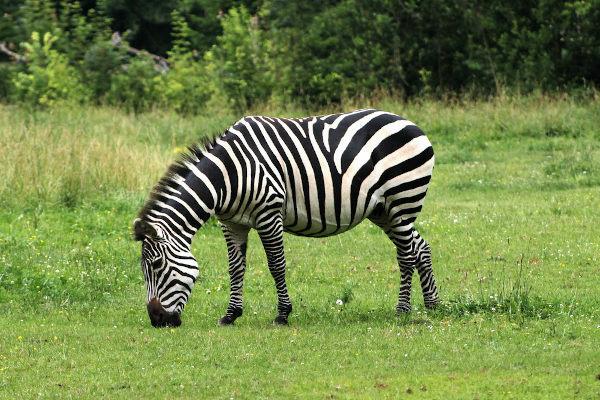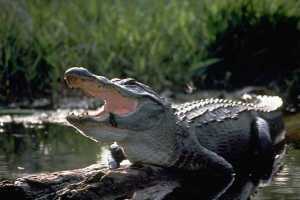The use of animals in laboratories, both for medical and commercial purposes, is a very controversial issue. Animals of various species, the most intensively used mice, are used in scientific experiments and tests in order to prove the efficiency of products such as vaccines, cosmetics, medicines etc.
The use of animals for scientific purposes is a common practice that has been used since Antiquity, but for this practice to be acceptable from an ethical point of view and expose effective results, it is the specialist's duty to be aware that the animal being used as a guinea pig is a living being and as such has instinct, in addition to being sensitive to pain.
The issue of animal rights and their use in scientific experiments has been discussed for many years, but, in 1860, a fact that occurred was decisive for the establishment of limits on the use of animals as guinea pigs in experiments of laboratory. The French physiologist Claude Bernard said that the use of live animals was essential for experiments and, therefore, he maintained a laboratory and a vivarium in the basement of his own house. Tired of hearing the screams of animals that were tortured daily, Claude's wife and daughter abandoned him and founded the first French society in defense of animals. From this association, several other animal protection societies were also founded, as well as specific laws for this type of use of animals.
Do not stop now... There's more after the advertising ;)
The evaluation of research projects on animals must be as rigorous as that carried out on beings. humans, and the animals used in these scientific projects should receive full attention and Caution. In 1959, zoologist William M.S. Russell and microbiologist Rex L. Burch published a book in which they established the three R's of animal research: replace (to replace), reduce (reduce) and Refine (refine). For them, the replacement of animals in scientific experiments has already advanced a lot, and cell cultures, simulators and mathematical models can be used instead of animals. Also according to Russell and Burch, the experiments should be better planned and the facilities adequate, with researchers trained to carry out research on animals.
As we said at the beginning of this article, this is a very controversial subject, which will be the target of several questioning and discussions, both by animal protectors and by researchers and scientists. But, as philosopher Jeremy Bentham suggested in the year 1789, the issue is not just whether these animals can reason or think, but: Can they suffer?
By Paula Louredo
Graduated in Biology
Would you like to reference this text in a school or academic work? Look:
MORAES, Paula Louredo. "Laboratory Animals"; Brazil School. Available in: https://brasilescola.uol.com.br/animais/animais-laboratorio.htm. Accessed on June 27, 2021.
Because rats are the preferred guinea pigs in laboratories, Rats, rat experiments, laboratory rat, research with rats, rat physiology, human physiology, rat experiments, rat in the laboratory, guinea pigs, the main guinea pigs.



